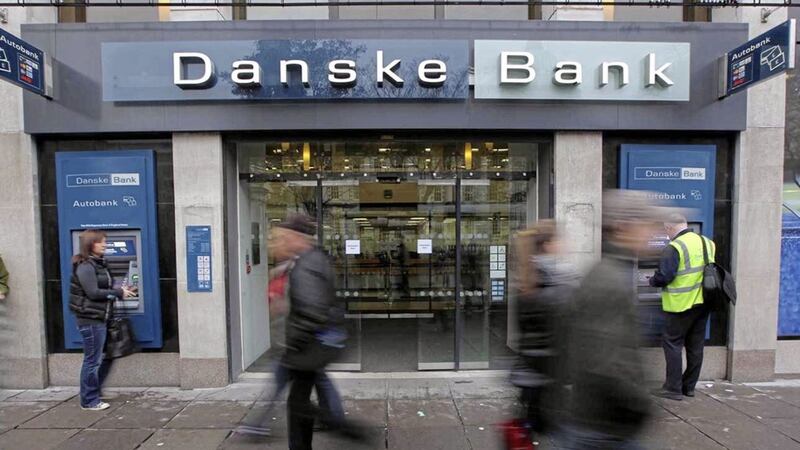DANSKE Bank posted a pre-tax profit of £49.9 million in the first nine months of this year as its new chief executive talked of an improving outlook for the north's economy.
That figure was up from £10.5 million in the same period of 2020, and the results include £11m of write-backs, which is money set aside to cover expected losses which can now be released as loans performed better than expected.
The bank said the improving economic environment meant loan impairment provisions continue to reduce.
And it added that many personal and business customers are paying off debt and holding savings, with deposit balances up 17 per cent year-on-year.
Chief executive Vicky Davies, who succeeded Kevin Kingston in the summer, said: “This set of results reflects an improving economic outlook for Danske Bank and the Northern Ireland economy.”
She said small business lending, excluding government backed support loans in 2020, was up 4 per cent year-on-year and is approaching pre-pandemic levels.
But lending to larger businesses was more subdued, due to many organisations carrying excess liquidity and some delaying growth plans into 2022.
This year Danske also became one of the first banks in the UK to reintroduce 95 per cent loan-to-value mortgages, and followed this up by launching the UK’s first carbon neutral mortgage.
It also reduced rates across its mortgage ranges for purchasers, switchers and existing customers, helping more people get on the property ladder.
“We have now also increased our maximum mortgage term from 30 to 35 years to help more customers, particularly first time buyers, as they seek to secure their first home,” Ms Davies said.
The latest results showed that in Northern Ireland log-ons to Danske Bank’s digital channels increased 10 per cent year-on-year, with around 6 million log ons a month. Wearable payments, which includes Apple Pay and Google Pay, were up 54 per cent year-on-year.
“To ensure we keep pace with customer expectations around digital banking we have established a technology and digital development unit within the bank in Belfast, which we are actively investing in and growing,” she added.
“The unit includes digital channels, robotics, automation, data analytics and IT infrastructure and security teams.
“Looking ahead, our focus will remain on working hard to improve service levels and ensuring we’re making banking easier for customers - whether that’s in our branches, on the phone or through our digital channels.”






